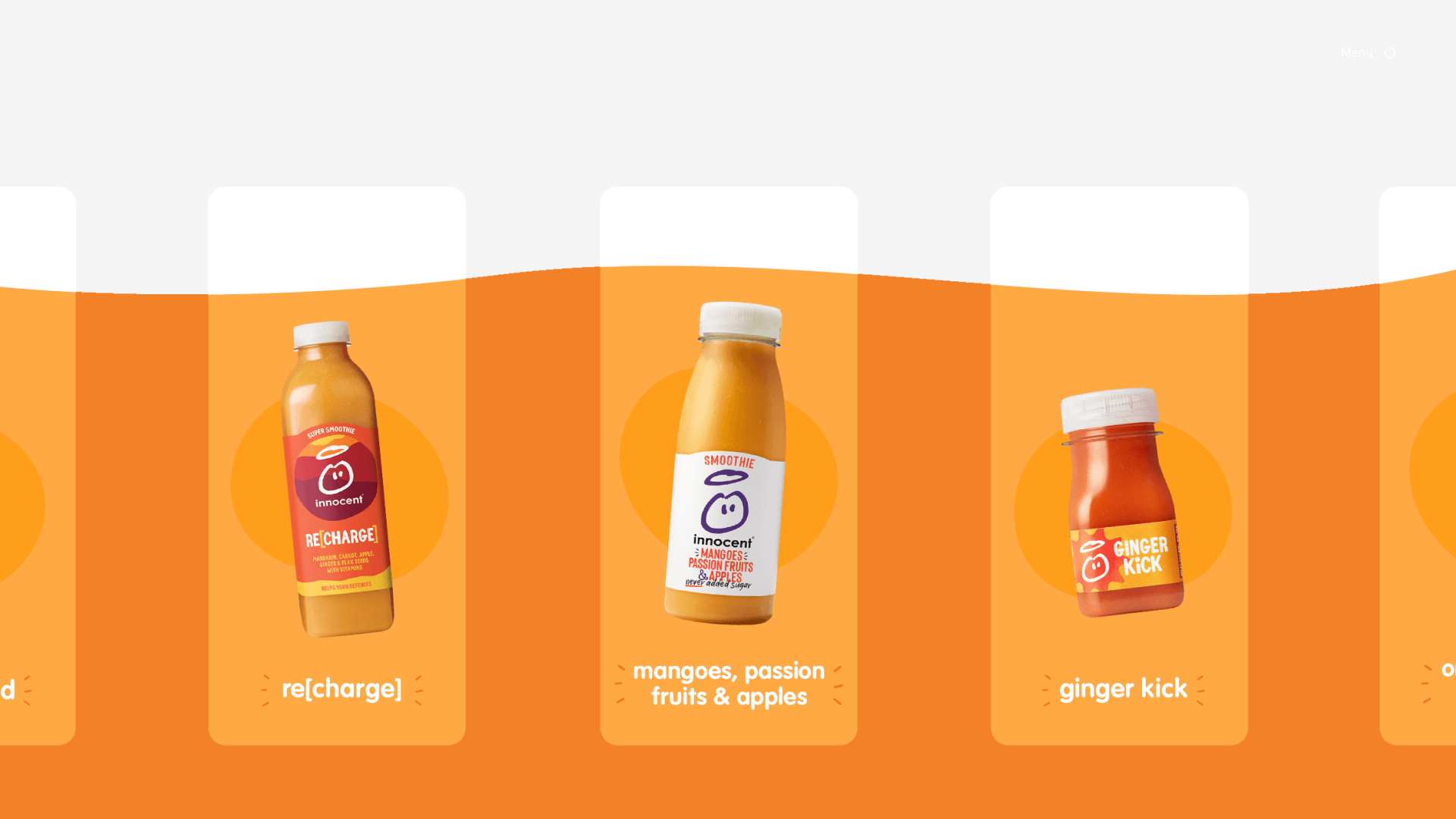Destination XL (DXL) has one powerful mission: to empower the big and tall man to look and feel good.
As a big and tall men’s apparel specialist, DXL serves a segment of shoppers who have notoriously been neglected and seen as an afterthought by the retail industry. DXL stores not only carry a bigger selection of these sizes than most retail stores do, but they also provide a more personalized in-store and omnichannel shopping experience.
At its core, DXL does more than sell clothes. They provide a memorable and uplifting experience where dressing smart means living a life of confidence and self-empowerment. Their goal and passion are to help their customers find something that truly fits their body, style, and life.
Founded in 1976, DXL has since become the largest specialty retailer of big and tall men’s clothing throughout the US, Canada, and London. While they have established a range of brick-and-mortar stores, it’s now shifting its focus toward the digital channel to create a more seamless user experience at every touchpoint with its customers.


20%
higher spend in nonbrand search
12%
higher ROAS in DSA campaigns
77%
higher overall ROAS
Tying in-store transactions to online efforts is no tall order
Like most retail brands, DXL was not immune to the negative impact of COVID-19, and offline sales took a hit due to social distancing measures. Fewer people were going out, weddings and celebrations came to a grinding halt, and the need to dress up for work was no longer needed–or even an option–for many. As people have started to return back to work and retail stores have begun to reopen, shoppers have been eager for connection and to get back to a feeling of normalcy. What shoppers now expect from shopping has dramatically changed.
DXL came to DEPT® in Q4 of 2021, looking to return to growth post-Covid and to regain their lost in-store and online traffic through digital. This market shift forced DXL to re-conceptualize its marketing strategy so it could continue to expand its customer base and increase revenue. After the peak of the holiday season, DXL tasked us with bridging the divide between their website and brick-and-mortar stores.
Connecting the dots across customer needs and data
To start this journey in advanced measurement, we performed a baseline media matched market test to assess the impact of digital spending on in-store revenue. This analysis uncovered that baseline digital media drives revenue in stores at a 6% incremental impact.
From there, it was important to discern how much of the in-store revenue was attributed to digital efforts. To accomplish this, we implemented LiveRamp for the purpose of ingesting in-store point-of-sale (POS) transactions to tie back to its paid campaigns in-engine (the engine our media runs through).
DXL also needed help with conducting and running a matched market test so they could gain a more holistic view of performance across the full customer journey experience. This allowed DXL to look into the revenue, the new customer counts, and the gross margin of the test versus control markets in order to adjust its marketing mix.
We also helped DXL identify the right audiences and the right platforms to develop a clear target market to reach potential customers better.
Tall risk, tall reward with combining the omnichannel & brick-and-mortar experience
Once we had in-store purchase data tying back to our campaigns, we saw that when factoring in in-store purchases, the revenue attributable in some regard to digital efforts was 2X web traffic alone.
Factoring in the 6% incrementality rate, we conservatively estimate that roughly $275K (almost 10% more) per month in incremental revenue was tied directly to digital efforts, while in-store revenue was coming in at a 6% higher return on ad spend (ROAS).
From there, we were able to test and incorporate that revenue into our target return on ad spend (tROAS) bid strategies in Google and saw favorable results.
Giving Google’s algorithms the additional data points as a secondary goal resulted in:
77% higher ROAS on 20% higher spend in our non-brand paid search campaigns.
12% higher ROAS on 85% higher spending within our nonbrand dynamic search ads (DSA) campaigns.
This boost in efficiency and increase in attributable revenue allowed us to effectively begin scaling our program at an increased rate.
Questions?
VP of Growth
Lou Amodeo
Discover more


